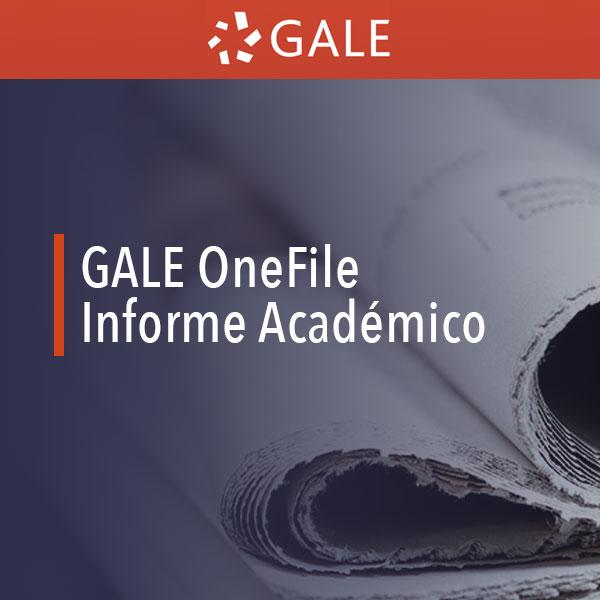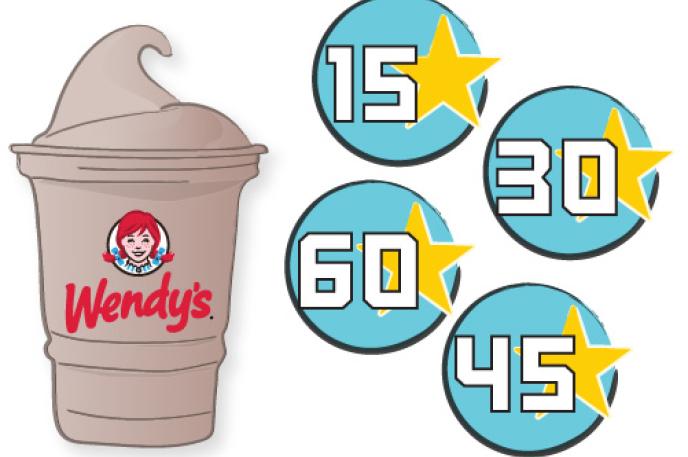Mobile Library
Technology Tutoring
Executive Committee

Informe Academico (Gale)
Nota: El acceso a Informe Academico finalizará el 30 de julio de 2025.
Ofrece una amplia gama de revistas y revistas académicas en español y portugués a texto completo, tanto de Latinoamérica como de España. Informe Académico proporciona material de referencia de calidad, no solo traducciones de materiales en inglés, en una interfaz configurada para usuarios de habla hispana, lo que permite a los investigadores analizar temas y realizar investigaciones en español.
Informe Academico (Gale) provides a wide range of full-text Spanish and Portuguese language scholarly journals and magazines both from and about Latin America and Spain. Informe Académico provides quality reference material—not simply translations of English-language materials—on an interface configured for Spanish-speaking users, allowing researchers to analyze topics and conduct research in Spanish.
Research and Learn
Real Estate Committee Meeting Minutes
Get a Library Card
This blog was written by Jennifer Williams-Cannon, a librarian at North County Regional Library
What are social narratives (social stories) and why are they beneficial?
The Charlotte Mecklenburg Library and the Autism Society of North Carolina have been trusted resources within our community for years. Both organizations work to improve lives and to build stronger communities. Together, we have developed comprehensive social narratives for all Mecklenburg County residents to ensure a more inclusive society that fosters compassion and equal access to library resources and community opportunities.
Social narratives help individuals of all ages, particularly those with autism or other developmental differences, understand and navigate social situations, reduce anxiety, and improve social skills. Originally called “social stories”, which were developed by Carol Gray in 1989 as a social learning tool designed to help individuals with autism understand and navigate social situations. (Gray, 2015) They are not just stories, but a structured method with specific criteria to ensure they are descriptive, meaningful, and personalized for the individual.
Each narrative, typically one sentence, uses visual cues to aid in understanding. While some individuals read and retain written information easily, many others need pictures to support comprehension. Many individuals with autism are visual learners and rely on visual cues to understand and process information around them. These “social narratives” break complex interactions into smaller, more manageable steps. The stories are meant to be engaging while also sharing information that can be practiced in different situations. This can lead to increased independence, confidence, and improved communication skills. In essence, social narratives act as a guide, helping individuals with autism and other developmental differences to participate more fully in social settings and build meaningful connections with others.
If you would like to learn more about social narratives or about the resources in your community, visit Carol Gray's website and Autism Society of North Carolina.
The following social narratives offer a description of (story time expectations, library rules, and how to care for your library books) while visiting the North County Regional Library in Huntersville, North Carolina.


Summer Reading 30-Day Milestone is July 14th
July 9, 2025
Summer is in full swing and so is reading!
If you or your kids have been turning pages as part of our Summer Reading program, it's time to enjoy one of the best parts of the adventure: picking up your incentives!
Whether you've devoured a stack of novels, explored new graphic novels, or read aloud, your reading efforts have earned some well-deserved rewards.
New this year is our treasure chest!
We have incentives as our way of saying thank you for participating, great job for meeting your reading goals, and keep going!
Visit your favorite branch and choose your prize from the treasure box!
Don’t wait! Prize supplies are limited—first come, first served.
Bring your paper tracker or log your reading days into Beanstack!
Summer is not over, so keep reading!
Go ahead—swing by your library, pick up your prizes, and celebrate your summer reading wins!
You earned it.

